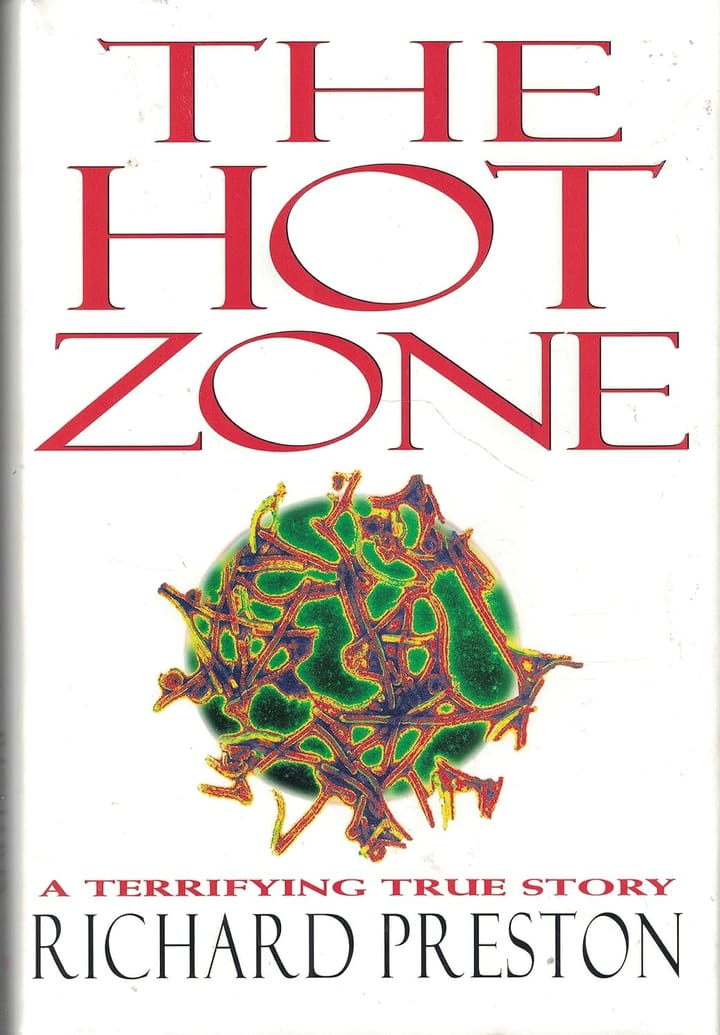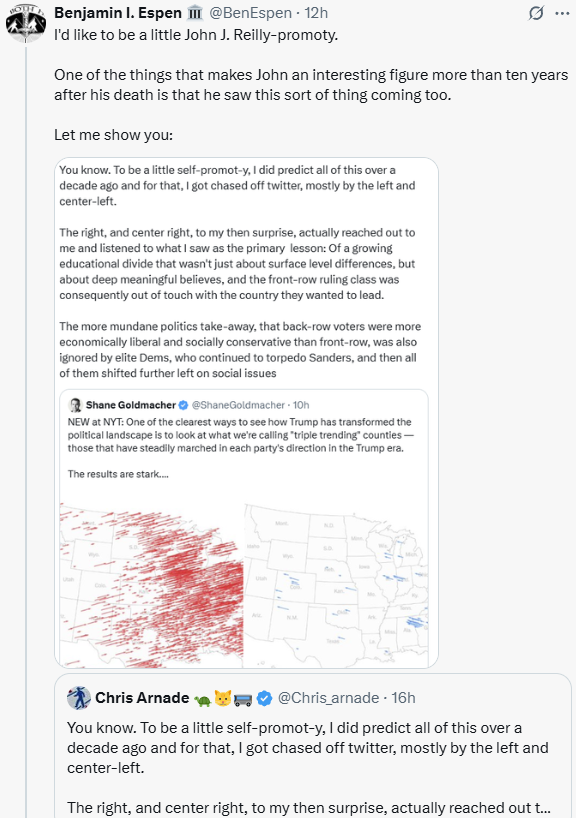The Long View 2005-10-11: The Times and the Endtimes
Rumors of the demise of the New York Times are greatly exaggerated. Much like Harvard, they are on top, and will do whatever it takes to stay on top.
The Times and the Endtimes
Even the worst projects can be defended. I suppose, for instance, that the decision by the New York Times to require registration to view the articles on its online site probably had some perfectly defensible rationale, though it means that the Times can no longer be usefully linked to, thereby accelerating the paper's loss of revenues and increasing its irrelevance to the online conversation. This is a shame, because the Times still runs some interesting stories. For instance, there was the one that appeared on Sunday (09Oct05 Page N34) that finally explained about that $223 million bridge across the Tongass Narrows that is supposed to link Ketchikan, Alaska, with a neighboring uninhabited island:
The town is seven blocks wide and eight miles long, backing up to forest and mountains. There is no place left to go but across the channel to Gravina Island, population 50, where the airport is located. It is relatively flat and is prime real estate for development.
That sounds like a reasonable use of public money. It might even be a reasonable use of federal money. The problem is that the cost of construction seems awfully high, even for Alaska.
* * *
And while we are making fun of the Times, here's an example from the Styles Section (09Oct05 Page S2) of a good story marred by incompetent editors. It seems that, once again, Latin and ancient Greek are undergoing a revival as school subjects. Latin especially now has a following among the young. And why is this?
For some students figuring out ancient languages itself is fun. Although many English words can trace their roots back to Latin (most estimates hover around 65 percent), the language's grammatical structure is very different from that of English. Nouns are grouped into four main families, called declensions, and each can take at least five endings, depending in their part of speech.
There are, of course, five declensions (and four verb conjugations). The endings that a noun takes does not depend on its "part of speech" (a noun is a noun), but on its case. Each declension has five cases, each of which has a singular and plural form, yielding ten endings for each declension.
The point here is not that the reporter garbled these complicated facts slightly, but that fact checkers at the Times did not notice the mistakes, and neither did any of the senior editors. If the Times can't get something as accessible as Latin grammar right, then what else are they getting wrong?
* * *
Is doomsday about to flower? Comparative eschatologists worldwide were disappointed with the level of apocalyptic expectation that attended the year 2000; though as several commentators (including me) pointed out at the time, most of the interesting millenarianism associated with the year 1000 actually happened in the two or three decades that followed. With that in mind, we note with interest stories like this:
This weekend's catastrophic earthquake in South Asia in the wake of recent U.S. hurricanes and December's tsunami is catching the eye of televangelist Pat Robertson, who says we "might be" in the End Times described in the Bible
Of course, we should also note that Pat Robertson is a media artifact. Any odd thing he says will be quoted, but that does not mean he has much real influence. Far more common is the wailing and gnashing of teeth that we see at Rapture Ready, whose editors correctly note that the string of recent catastrophes has not sparked a mass revival:
Instead of seeing people turning to God, I've observed several examples of open defiance to the Creator. After Katrina struck New Orleans, John Steward of Comedy Central's "The Daily Show" made a series of blasphemous remarks. In the first program to follow the storm, Steward challenged God with an, "Okay tough guy" remark. In reaction to President Bush's call for a day of prayer, Steward said, "Shouldn't we have a day of shunning the Almighty?"
A great deal has been written about the effect of eschatology on American foreign policy. (I intend to do a review of Michael Northcott's An Angel Directs the Storm, if I can shake down a review copy.) However, we should remember that all this "Crusader Nation" analysis actually cuts across the grain of the pretribulation millenarianism that is typical of modern evangelicalism. I noticed this promotional article the other day for a new book on the subject:
* Important signs of the last days
* The difference between the Rapture and the Second Coming
* Israel's significance in end-times events
* America's mysterious absence in Bible prophecy
* What will happen during the Tribulation period
I have not read this book, but the points it raises seem to be the same as those that have appeared in popular apocalyptic for the past 30 years, including the eclipse of the United States. American nationalism needs pretribulation millenarianism like a fish needs a bicycle.
Copyright © 2005 by John J. Reilly



Comments ()